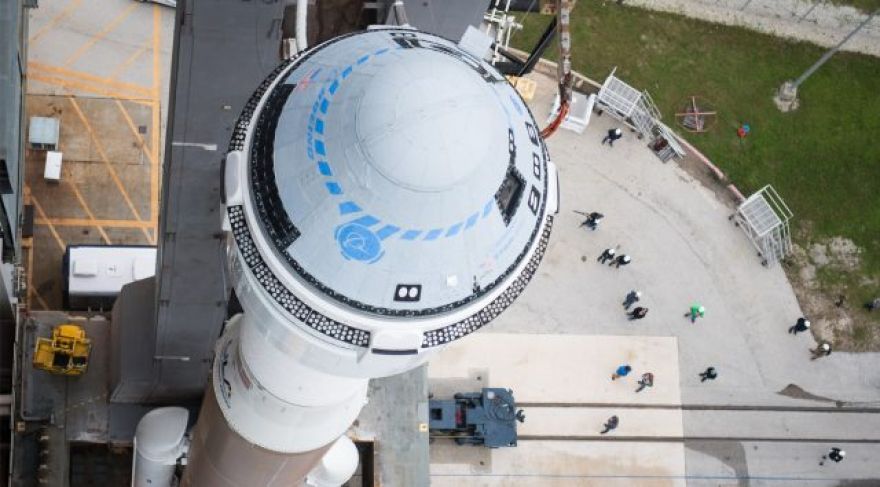
Two Software Flaws Almost Caused Boeing to Lose Starliner During December Test
Boeing and SpaceX are working toward crewed launches for their new spacecraft this year, but there have been setbacks for both companies. While SpaceX seems to have moved past its issues from last year, Boeing is still addressing the . NASA and Boeing have jointly provided an update on the investigation, which cites three errors in the CST-100 Starliner test flight. Two of the issues are severe enough that they would have caused the loss of the capsule without intervention by the ground crew.
In December, Boeing was supposed to show everyone that the Starliner was able to launch and autonomously navigate to the International Space Station (ISS).
The mission elapsed timer (MET) was one of the three issues cited in the report. The spacecraft thought it was in a later part of the mission, causing it to fire the thrusters and waste fuel. We now also know that ground control had to step in and stop the CST-100 from continuing to burn fuel in that manner. The team had no choice but to redirect the spacecraft so it would make it into a stable orbit.
Separately, there was an issue with the Starliner’s Service Module (SM) Disposal Sequence. This is supposed to trigger the automated release of the SM before reentry, but the system didn’t properly register with the flight controller. The team on the ground had to step in and make propulsion changes to save the spacecraft (again).
Boeing’s CST-100 Starliner spacecraft passes by the Vehicle Assembly Building at NASA’s Kennedy Space Center in Florida on Nov. 21, 2019.
The last issue is still under investigation, so we can’t say how severe it is or how it contributed to the mission failure in December. NASA reports that the Starliner suffered intermittent communication glitches that impeded ground control’s ability to control the spacecraft. We should have more information about this in the future.
The update does seem surprisingly candid for a public-facing blog post. NASA says Boeing’s quality controls should have detected the software abnormalities at multiple points, and the problems with this mission suggest a basic breakdown in Boeing’s processes. It’s unclear how NASA will move forward, but it probably won’t let Boeing until the company can satisfactorily explain and fix the issues.
Now read: